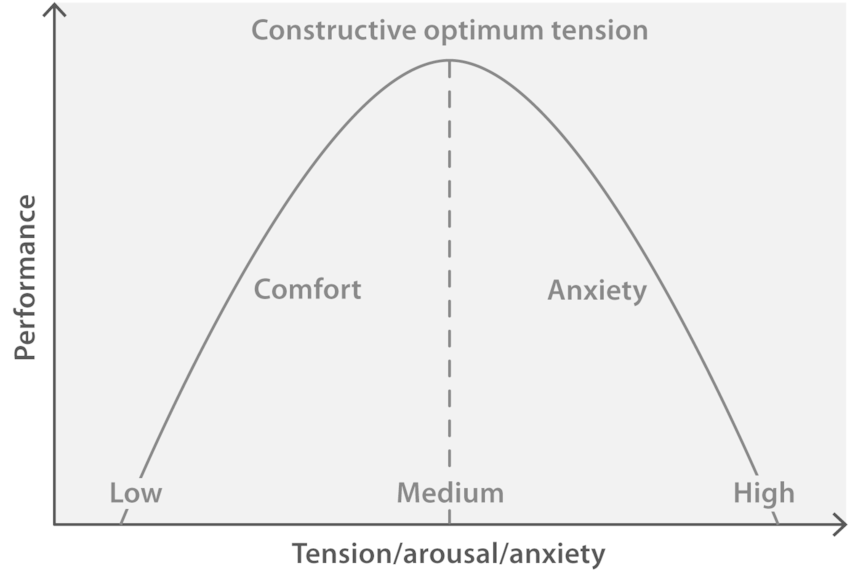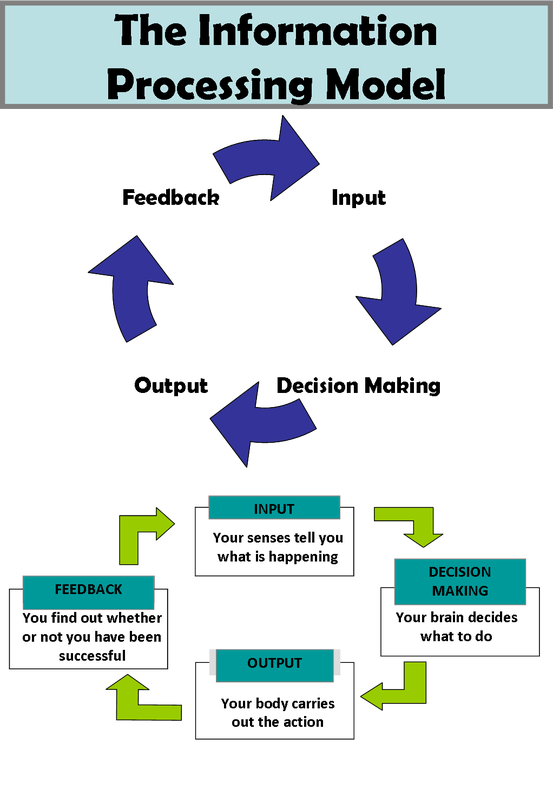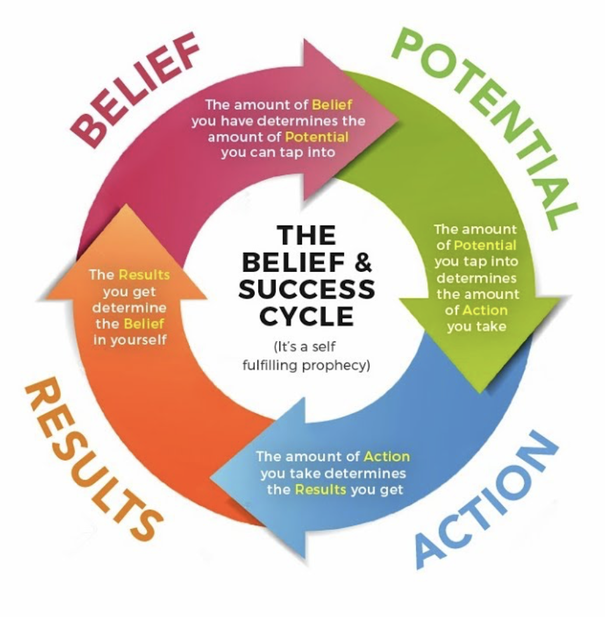|
An interesting concept of sport psychology (this applies to weight training as well), is "State of Flow". Flow occurs when we are totally immersed in the activity: we lose sense of time, and are neither bored nor anxious. Concentration becomes automatic, and this feeling of flow is so pleasing that it is intrinsically rewarding. In many cases, we may engage in activity for no other reason than to experience flow. We talk alot about the objective and quantitative aspects of optimizing training:
However, it is equally important to optimize flow:
It is not unreasonable to assume that lack of motivation to engage in an activity could be directly or indirectly influenced by your perception or expectation of flow. If you tend to think that every session is, or needs to be, so difficult as to cause anxiety, that anxiety or frustration is a good indicator that the challenge is too high. Similarly, if you are avoiding activity because you think that your session will be boring, then you want to find a way to introduce more or diverse challenge. Ways to increase challenge:
At the end of the day, people are motivated to fulfill their needs. The two most important needs of athletes are to:
Having fun includes the right amount of stimulation and excitement. Feeling worthy includes the need to feel confident and successful. To the first point, this is why I stress the importance of choosing your own path by making your own decisions as to your goals and preferred exercises or activities. Some people feel pressured to do the things they think they are supposed to do, rather than what they want to do. Do the things you want to do, and just make sure they coincide with your goals. If going to the gym isn't something you want to do, how can you make it so? Examples might include:
Feeling worthy, confident, and successful is all part of the training (and learning) process. You receive input, make a decision, execute that decision, and your outcome feeds back as new input to inform your next decision. In training, your input may be that you are influenced to be stronger, fitter, or try a new activity. You make a decision on how you want to achieve that (e.g. get a plan/program, join a gym, join a running group, set a training schedule, etc.). You go and follow through on those decisions, and then here is where I think many people (particularly beginners) tend to make mistakes.
However, when you value and achieve flow - you feel in complete control, and this feeling is enough to keep you coming back, which corresponds with a greater likelihood of reaching your goals. Did you achieve flow this week?
Having trouble pulling the trigger on a program or diet? Maybe I can help. DM me for coaching!
0 Comments
Your comment will be posted after it is approved.
Leave a Reply. |
NANAIMO'S BEST kettlebell group, strength & fitness classes | (250) 713-1262
CategOries
All
Archives
February 2024
|
Get Social! |
Closer Than You Think!11 Giggleswick Pl
Nanaimo, BC V9S 2V7 |




 RSS Feed
RSS Feed
